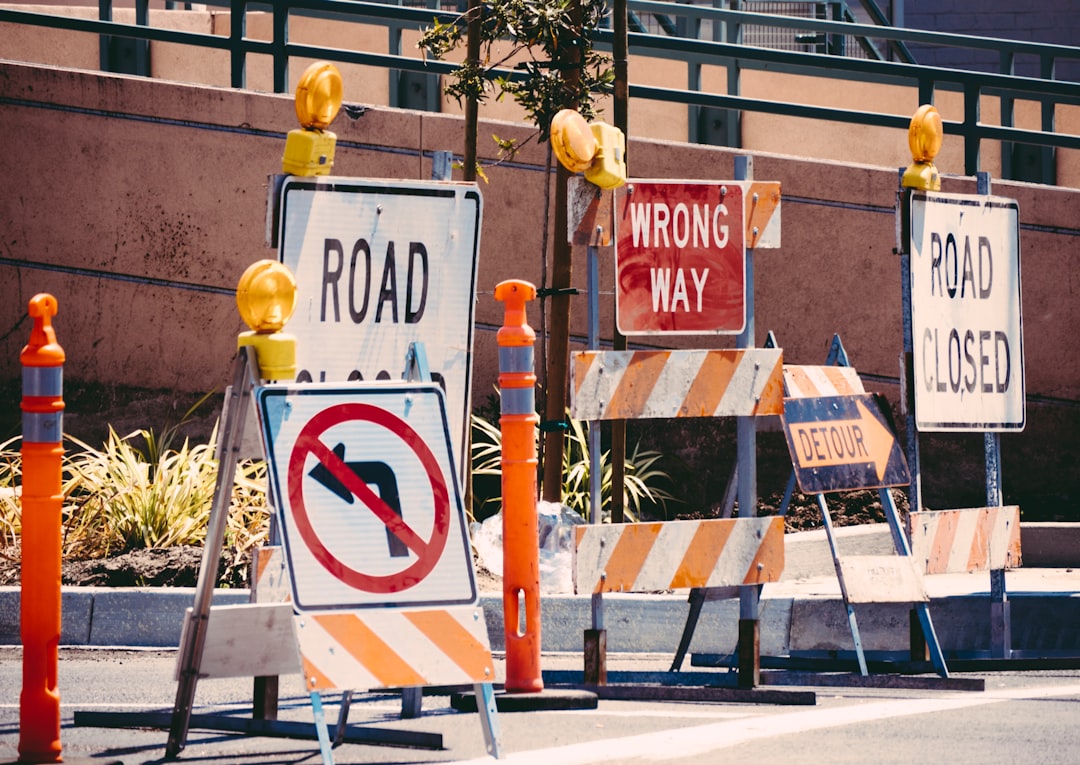What is it about?
In the future, the effects of global warming will result in a warmer environment. This will increase the amount of rainfall, as well as the risk of flooding. Regularly assessing our current infrastructure, especially manmade earthen structures like levees is important to adapting to adverse scenarios. Even though they are built to handle turbulent streamflows, levees can fail if the ‘water load’ is exceeded during floods. This makes ‘water load’ a crucial yardstick with which to measure the vulnerability of these structures. In this study, authors used hydrological simulations to predict flood levels during the past (1950-2000), as well as the future (2049-2099). They then evaluated the effects on the Elkhorn levee in Sacramento, California. They analyzed the results to see how likely levee failures were. According to their findings, future floods could enhance the risk of levee failure by 100%, along with a 54% reduction in safety factor.
Featured Image

Photo by Justin Wilkens on Unsplash
Why is it important?
The approaches to converting large-scale climate data into technological applications are woefully inadequate. This study established a systematic methodology for engineers to conduct levee risk evaluation while incorporating the effects of future floods. The study is expected to encourage futuristic design platforms in which engineering constructions include risk analysis that account for the effects of climate change. KEY TAKEAWAY: Risk evaluations based on historical data can underestimate the increased likelihood of levee failure. It is important to account for a warming climate and its effects while assessing the state of existing infrastructure. This research relates to the following Sustainable Development Goals: • SDG 13: Climate Action • SDG 9: Industry, Innovation, and Infrastructure • SDG 11: Sustainable Cities and Communities
Read the Original
This page is a summary of: Levee Fragility Behavior under Projected Future Flooding in a Warming Climate, Journal of Geotechnical and Geoenvironmental Engineering, December 2020, American Society of Civil Engineers (ASCE),
DOI: 10.1061/(asce)gt.1943-5606.0002399.
You can read the full text:
Resources
Climate Change Knowledge Cooperative
Explore the wider collection of climate change research summaries.
SDG Showcase: Goal 13 – Climate Action
More plain language summaries of research relevant to Sustainable Development Goal 13: Climate Action – brought to you by the SDG Knowledge Cooperative
SDG Showcase: Goal 9 – Industry, Innovation and Infrastructure
More plain language summaries of research relevant to Sustainable Development Goal 9: Industry, Innovation and Infrastructure – brought to you by the SDG Knowledge Cooperative
SDG Showcase: Goal 11 – Sustainable Cities and Communities
More plain language summaries of research relevant to Sustainable Development Goal 11: Sustainable Cities and Communities – brought to you by the SDG Knowledge Cooperative
ASCE Sustainable Development Goals Showcase
More plain language summaries of research relevant to ASCE's Sustainable Development Goals
SDG Knowledge Cooperative
More plain language summaries of research relevant to all the Sustainable Development Goals.
ASCE Climate Change Showcase
More plain language summaries from ASCE relevant to Climate Change
Contributors
The following have contributed to this page










